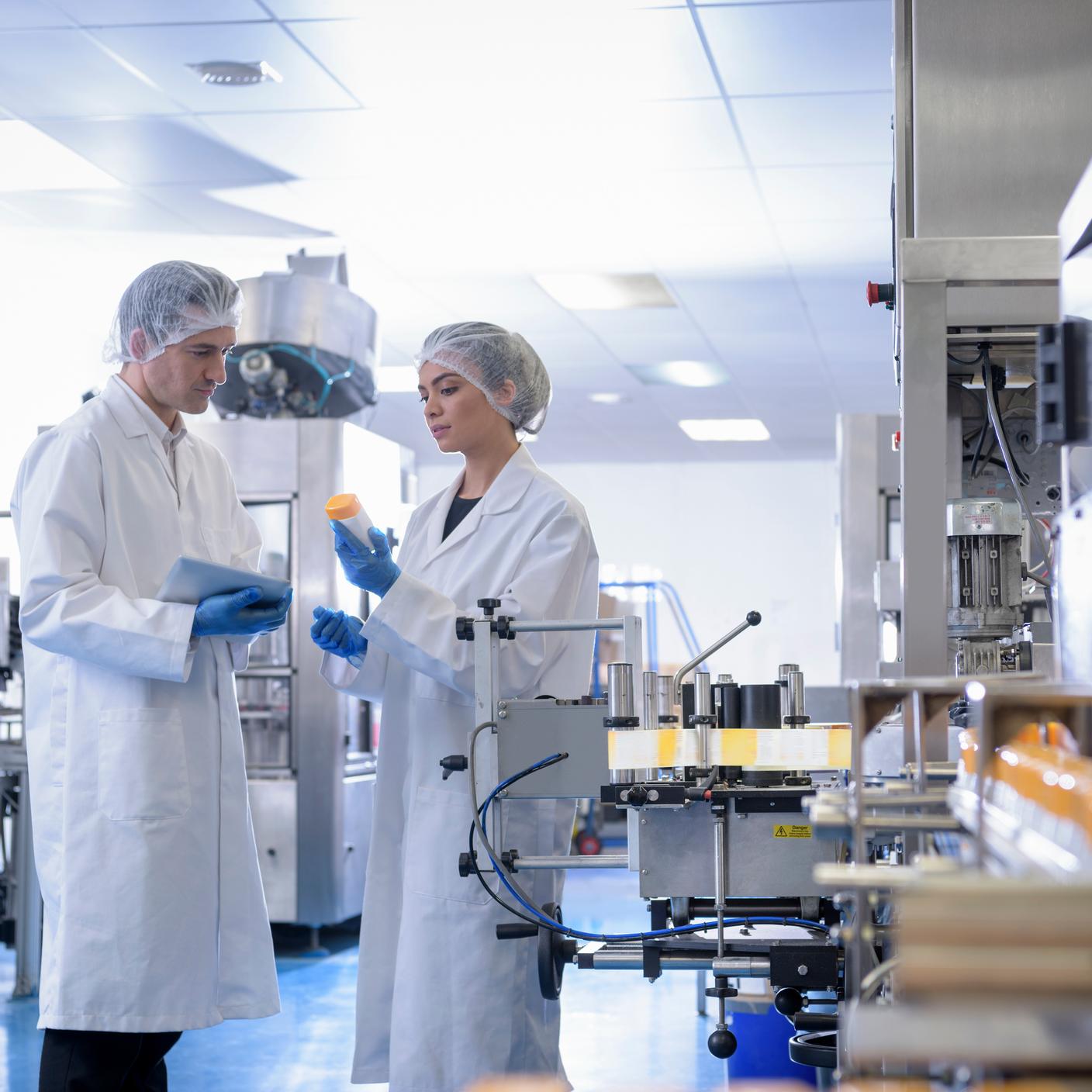A recent study by McMaster University found the global pharmaceutical industry is not only a significant contributor to climate change, but it also produces more greenhouse gas emissions than the world’s car makers.
The same research found that by 2025, the pharma sector would need to reduce its emissions intensity by about 59% from 2015 levels if it wants to meet the targets laid out in the Paris Agreement international treaty on climate change.
Therefore, manufacturers have the opportunity to rethink how they can reduce greenhouse gas (GHG) emissions and other key environmental considerations when they design, manufacture and distribute medicines.
Assessing impact of environmental factors across medicine's lifecycle
Courtney Soulsby, BSI's Global Director for the pharmaceutical sector, says a sector that is focused on the efficacy of medicines and patient safety is now taking into account environmental factors across the medicine’s lifecycle. These include toxic discharges that lead to pollution, GHG emissions, as well as the circularity of packaging and transport, amongst others.
The challenge in balancing patient safety and medicine efficacy, with environmental considerations, requires a pool of expertise – from across the healthcare ecosystem – to appropriately cover the lifecycle of the medicine – from production through to end patient usage to disposal.
There are also external drivers forcing this shift in the industry. Some of the more mature healthcare systems’ procurement, such as the UK’s NHS, are becoming more systematic in defining environmental requirements in commercial tenders for medicines.
Soulsby adds: “The environmental footprint of products could soon influence procurement decisions in the same way as considerations like cost, safety and effectiveness.”
Then there is the issue of changing legacy medicines environmental impact retrospectively – a very different challenge to building sustainability into a new product or process design.
Define and align
BSI, as a neutral facilitator, is partnering with the healthcare ecosystem, healthcare systems regulators, government policymakers, and pharmaceutical manufacturers to help define how to measure the environmental impact of medicines.
Soulsby says: “There is still room for collaboration and co-defining what is necessary to measure environmental impact when designing, manufacturing, procuring, and prescribing medicines.
“We have pioneered this process. We have built a community around this challenge and standards will play a role in bringing consensus amongst all stakeholders.
“We are working to be the voice of trust in this process by allowing medicine manufacturers and healthcare systems to benchmark or compare medicines’ GHG emission factors, the impact of pollution, green chemistry composition and the recyclability of packaging and plastics.
“There is an opportunity for the healthcare ecosystem – regulators, government, procurers, manufacturers and supply chain actors – to collaborate by co-defining what product lifecycle assessment best practice looks like in this important area.”
This program of work brings together expertise and knowledge from across the healthcare ecosystem to achieve consensus around technical considerations for designing, assessing, and measuring the environmental impact of medicines.
Looking beyond a cure
Soulsby says BSI is putting in place common methods and defining environmental product rules, a process that will not only overcome environmental hurdles but create opportunities.
“If we have that common language and way of measuring, we will have the opportunity to drive tangible sustainable change by reducing greenhouse gases and toxic pollution in a manufacturing environment.
“Consensus and collaboration enable manufacturers to make progress in the tendering environment because everyone can trust the environmental impact data being produced. People can therefore focus on the data to drive improvements and increase stakeholder confidence.”








